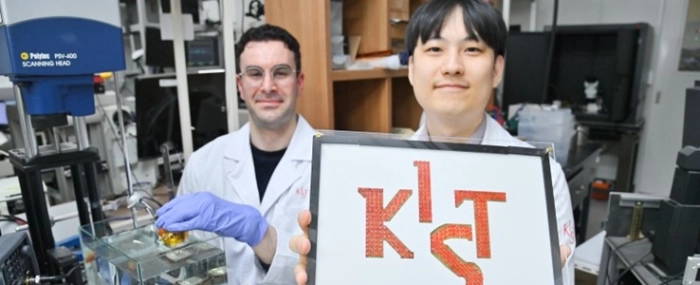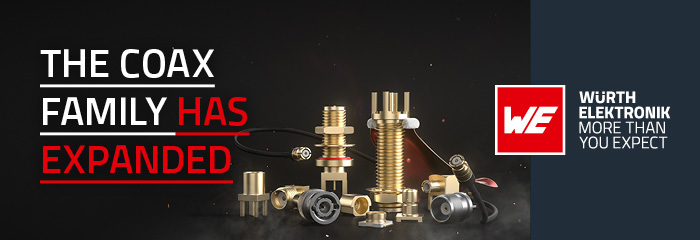
KIST develops ultrasonic wireless battery charging technology
The receiver overcomes many of the limitations of existing wireless power transmission methods while improving biocompatibility, and is expected to be applied to next-generation wearable and implantable electronic devices.
Scientists at the Korea Institute of Science and Technology (KIST) have developed a biocompatible ultrasonic receiver that maintains its performance even when bent.
The receiver overcomes many of the limitations of existing wireless power transmission methods while improving biocompatibility, and is expected to be applied to next-generation wearable and implantable electronic devices, according to a media release.
The researchers also demonstrated wireless charging of batteries by receiving ultrasonic waves, which is an important step toward commercializing the technology.
The research team was led by Dr. Sunghoon Hur of the Electronic and Hybrid Materials Research Center at the government-funded KIST and Professor Hyun-Cheol Song of Korea University.
With the increasing demand for underwater and implantable medical electronics, a stable and continuous power supply is essential. However, conventional wireless charging methods (such as electromagnetic induction and radio frequency-based charging) used in smartphones and wireless earphones suffer from short transmission distances, low energy transfer efficiency in biological tissues, and electromagnetic interference.
To overcome these limitations, researchers are now considering the use of ultrasound as a new wireless power transfer technology. Ultrasound has the advantage of being human-friendly and less absorbed by tissues, allowing for more reliable energy transfer in implantable and skin-adherent devices. As a result, wireless charging technology utilizing ultrasonic energy is emerging as the next generation of power transfer.
In particular, the researchers dramatically improved the power conversion efficiency compared to conventional ultrasonic receivers by using high-efficiency piezoelectric materials and a unique structural design. By designing a stretchable and biocompatible ultrasonic receiver that conforms closely to the curves of the human body while achieving stable power conversion, they were able to transmit 20 mW of power at a distance of 3 cm underwater and 7 mW at a depth of 3 cm from the skin, the media release said. This is enough power to continuously power low-power wearable devices or implantable medical devices.
The findings are expected to help accelerate the commercialization of ultrasonic-based wireless charging technology for underwater electronics and implantable medical electronics.
“Through this research, we have demonstrated that wireless power transmission technology using ultrasound can be applied practically,” said Dr. Sunghoon Hur at KIST. “We plan to conduct further research for miniaturization and commercialization to accelerate the practical application of the technology.”



